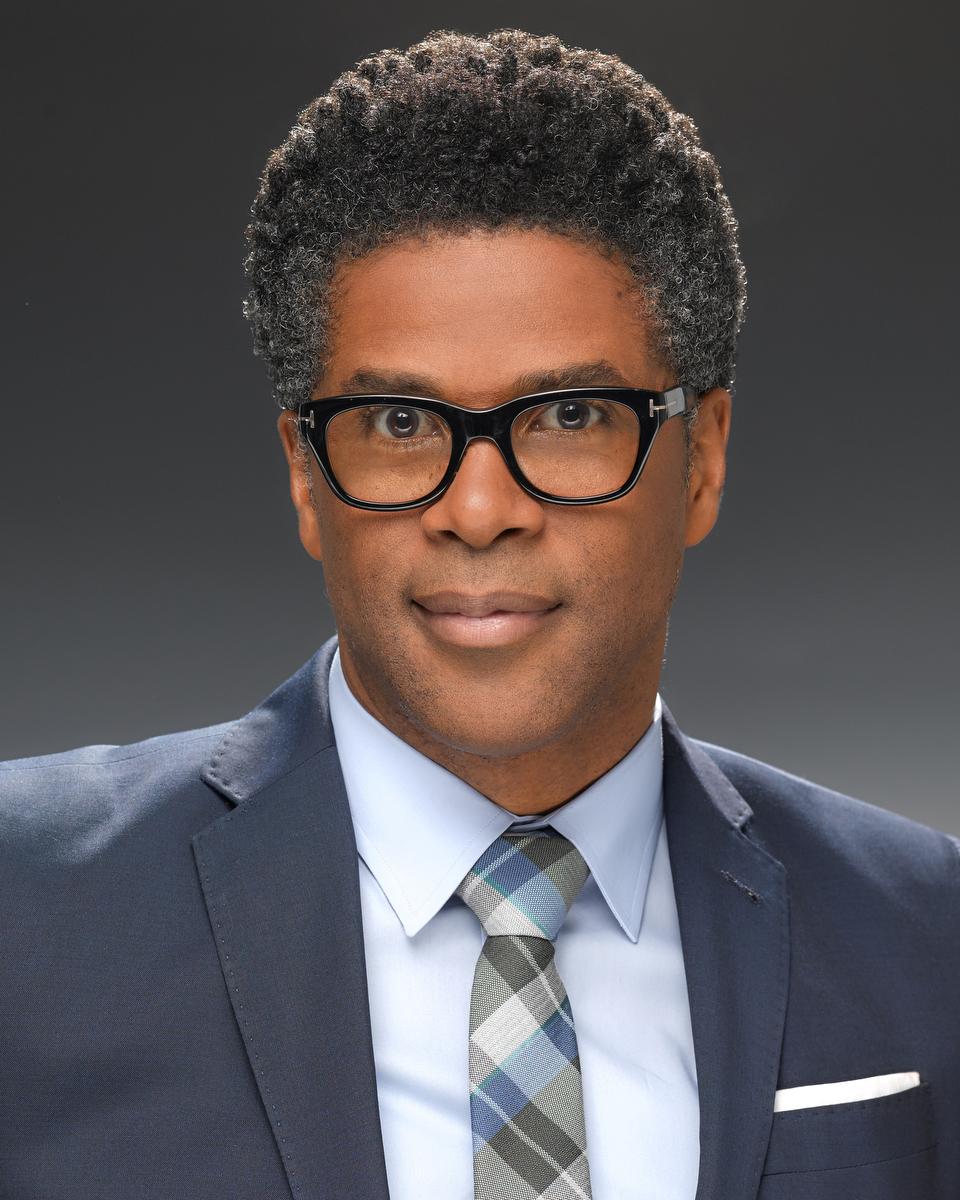 By Dr. LaMar Hasbrouck, MD, MPH, Executive Director, NACCHO
By Dr. LaMar Hasbrouck, MD, MPH, Executive Director, NACCHO
Think back to the nightmare of Hurricane Katrina. Those tragic images of high waters and despair. Broken levees. Survivors desperately searching to find missing relatives while struggling to reach higher ground. Victims stranded on rooftops waiting to be airlifted to safety. The chaotic overcrowding of temporary shelters like the Superdome in Louisiana.
Now think about the more recent Ebola virus threat. Hospital workers donning protective spacesuits. Government-imposed travel restrictions and citizens forced into home quarantine. Lacking even basic information, nearly every community across the globe feared the deadly contagion. Worse yet was the situation at the epicenter of the epidemic in Central West Africa, where thousands of infected and dying people were overwhelming small hospitals ill-equipped to handle the surge.
These public health crises shared something in common: They were both unexpected. Communities and the healthcare system were poorly prepared to deal with them. And, they disproportionately impacted lower income people of color. Images of black and brown and poor victims in New Orleans along with the face of Thomas Eric Duncan, the first person to die of Ebola in the United States, may be forever etched into our collective memories.
Bad things happen. We can’t always prepare for them. However, when it comes to the devastation from natural disasters, disease outbreaks, or other catastrophic events, our nation’s most vulnerable communities—those that lack adequate social services, health coverage, transportation, and other things more affluent communities take for granted—are the least prepared to respond. Simply put, American communities with the worst pre-disaster conditions are the ones that suffer the most. These communities—primarily made up of lower income people of color—are also the most sluggish to recover.
Disasters not only unearth inequities, they also have the potential to exacerbate them. Unfortunately, with budgets strapped and competing priorities, it is unlikely that many local governments will proactively address infrastructure challenges simply to better withstand the next catastrophe. However, when a disaster occurs, they have no choice but to respond. It’s during this response and rebuilding period, often with an influx of federal aid (from the Federal Emergency Management Agency, for example), that projects that might have taken decades to complete are fast-tracked.
So, in such communities, disaster recovery presents an opportunity of sorts.
According to a report by the Institute of Medicine (IOM), if the opportunity is leveraged correctly, the disaster recovery process can actually help to advance the long-term health, resilience, and sustainability of communities.
The post-disaster period can be a time when everyone seems to be pulling in the same direction. Bringing groups together around a shared community vision, rather than having each sector working in isolation, has the potential to reshape communities for the better. Empowered community members can join forces with other organizations and individuals—elected officials, public health professionals, urban planning and housing groups, health care and social service professionals, schools, and private-sector stakeholders. Together, they can collaborate across sectors to plan for and carry out recovery efforts to benefit people in need.
It is widely understood that it takes more than regular visits to a doctor or other health professional to ensure health. The health of individuals is determined in large part by factors outside of the doctor’s office. In fact, the real determinants of health, wellness, disease, and premature death are things that are more contextual, or place-based. Factors such as housing, exposure to environmental toxins, transportation, community cohesion, access to social services, public safety, and educational and job opportunities. Even personal behaviors are greatly influenced by place. This has resulted in wide gaps in life expectancy between people living just miles apart. In some cases, the difference in lifespan can be as much as 16 years.
The IOM report offers a framework for integrating health into disaster recovery. The four-step framework it lays out promotes a shared vision of a healthier, more resilient communities by key stakeholders. It recommends identifying gaps between the status quo (pre-disaster) state and the desired state; planning for ways to incorporate health considerations into recovery plans and to understand the health impacts of decisions; and exploring the best ways to use recovery resources in creative and synergistic ways to improve health outcomes.
In the wake of the international Ebola scare, hospitals were built in West Africa. The supply chain for medical equipment and therapies was enhanced, saving lives in the present and building capacity to respond to future threats. In the United States, infection control protocols, patient tracking, and systems for information sharing across various sectors were improved as a result of Ebola.
Long after the flood waters of 10 years ago have receded, communities hit hardest by Hurricane Katrina are still recovering. And although some people are doing better than they were doing pre-Katrina, many are doing worse economically and emotionally. Mayor Mitch Landrieu is careful not to imply that the New Orleans should return to what it was pre-Katrina. Instead, he often says that his administration is “building the city not back the way she was, but the way she should have always been.”
Whether planning to build a much-needed community center or upgrade old tract houses laden with lead paint, improving social services or creating roads and green spaces, recovery planning provides an opportunity to rebuild communities in a way that makes them healthier and more livable. When bad things happen, good things can follow. It’s not so much a do-over as it is a “do better.”








